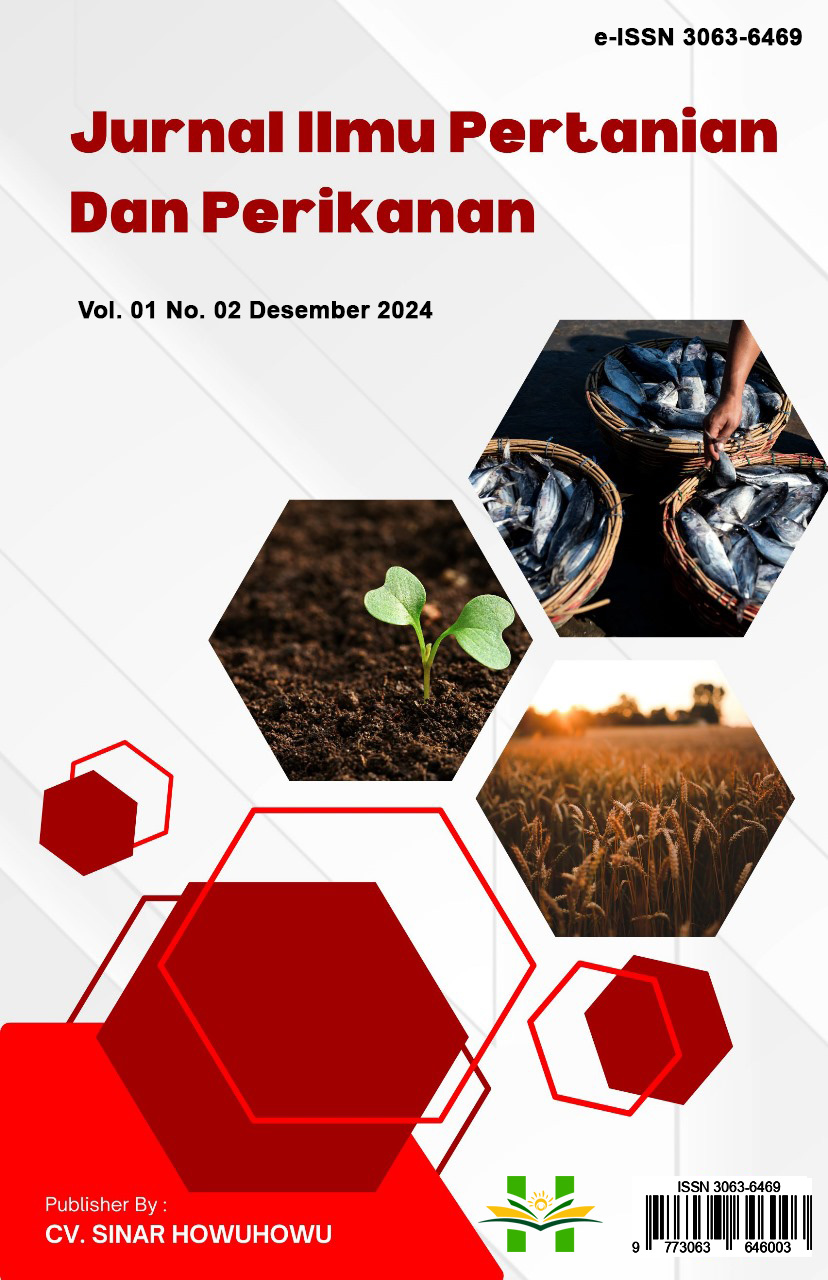Srategi Pengendalian Hama Dan Penyakit Tanaman Secara Terpadu
DOI:
https://doi.org/10.70134/penarik.v1i2.263Keywords:
Pest, Disease, ProductivityAbstract
To maintain sustainable agricultural productivity, one of the major challenges is controlling pests and plant diseases. Integrated Pest Management (IPM) approaches use a variety of biological, physical, chemical, and cultural control techniques to reduce the impact of pests and diseases while maintaining ecosystem balance. The use of natural enemies, crop rotation, environmental management, and the use of sensory and environmentally friendly methods are all components of this strategy. The purpose of this study is to determine whether various IPM methods work well in various farming systems. In addition, this study will also investigate how these methods impact crop productivity, cost efficiency, and environmental sustainability. The results showed that regular use of IPM strategies can suppress pest populations and disease levels below economic thresholds, increase crop yields, and reduce environmental pollution levels. Farmers must be actively involved in the implementation, receive intensive extension, and receive government policy support. This integrated method offers a sustainable solution to overcome plant diseases and pests.
Downloads
Downloads
Published
Issue
Section
License
Copyright (c) 2024 Bridayanti Gea, Cynthia Florentina Mendrofa, Beril Fernando Zendrato, Budieli Putra Zalukhu (Author)

This work is licensed under a Creative Commons Attribution-ShareAlike 4.0 International License.













